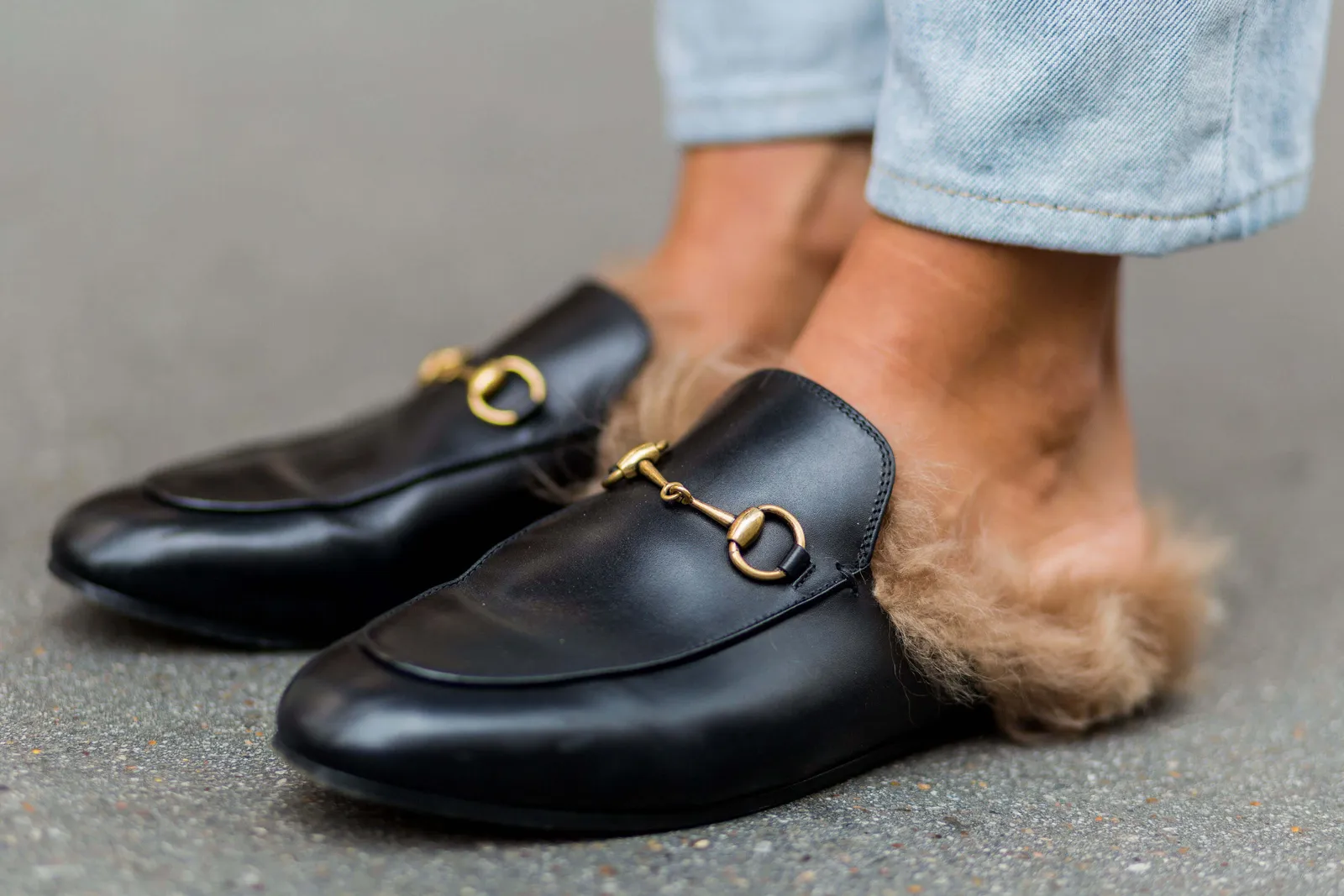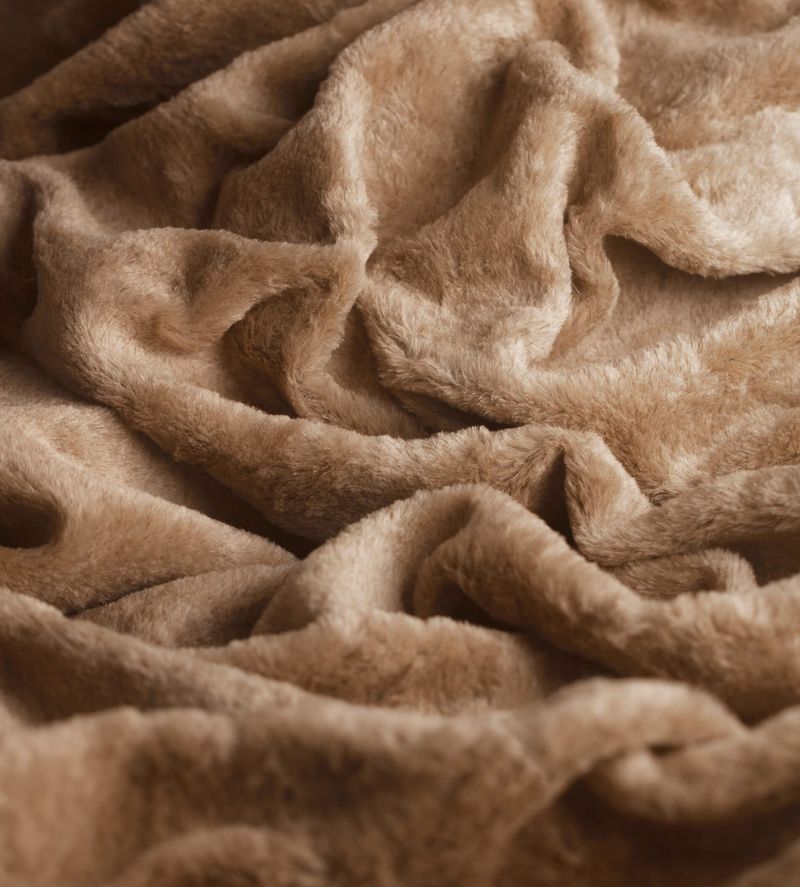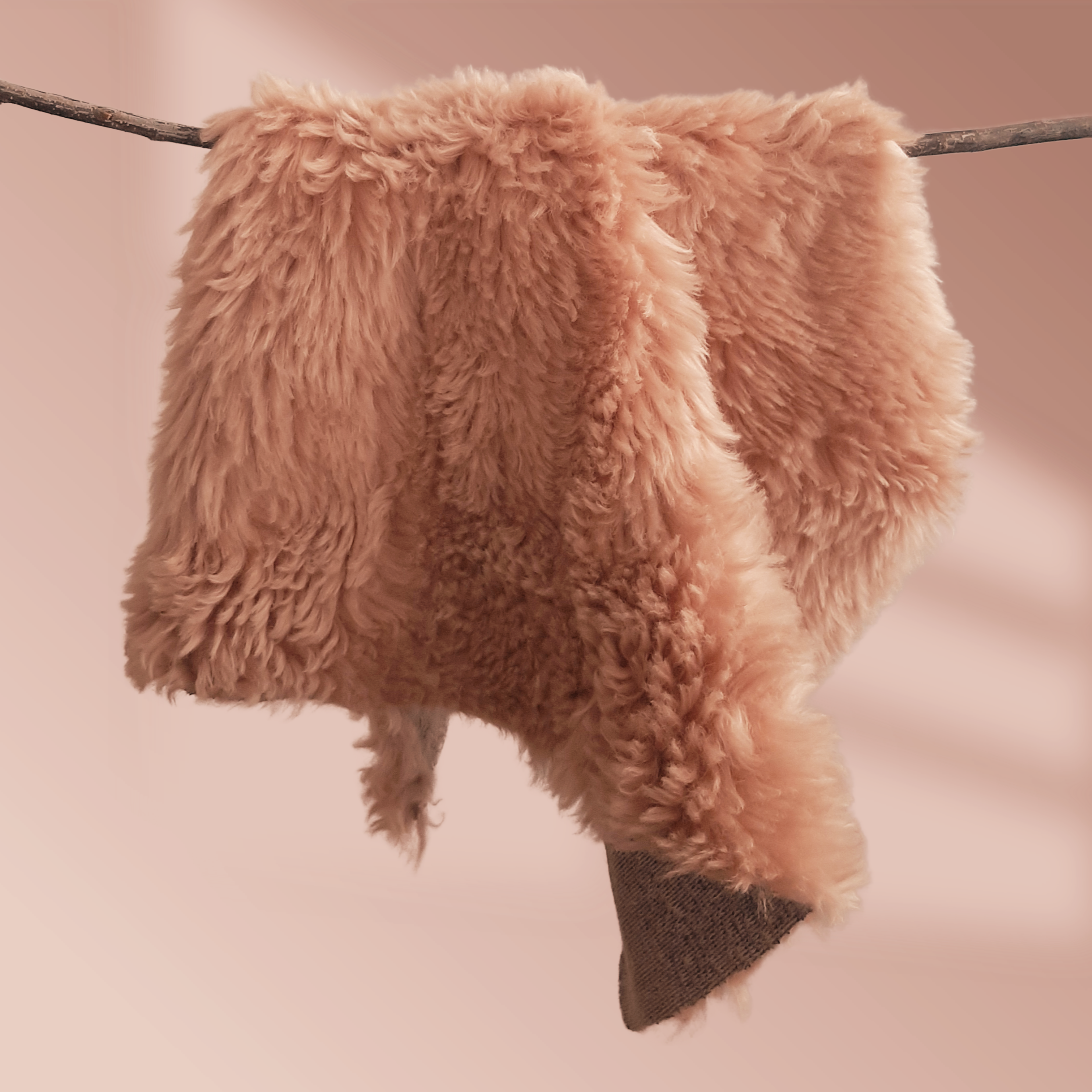Material Innovation Initiative was recently joined by three experts working at the front line of innovation in the next-gen fur space for a webinar on the critical timing of next-gen fur. Arnaud Brunois Gavard, Marketing and Sustainability Manager at Ecopel, Martin Stübler, CEO & Co-founder of BioFluff, and Christian Tubito, Director of Material Innovation Lab at Kering shared valuable insights on this topic. Our own Director of Materials Innovation & Design at MII, Thomasine Dolan Dow moderated the discussion. Read on for a summary of the discussion.
The current state of fur production
Fur production in the U.S. is declining, and fur bans are growing. 20 countries, mostly in the EU, have banned fur farming so far. The European commission is considering a ban on all fur farming and the sale of fur products after 1.7 million Europeans signed a petition calling for an EU-wide ban on fur production, citing public health, the environment and animal welfare as the main reasons. The response is due in March 2025. As of 2024, London Fashion Week is fur-free, following in the footsteps of Copenhagen in 2022. A huge 1,500 global brands have pledged not to use or sell animal furs. And yet, so far this year, there has been a recent increase in fur’s popularity, whether faux or animal. (Download our full report for more details on the current state of fur.)
Fur bans – catalyst for innovation?
How do the panelists feel about the ongoing victories of fur bans? “First it’s a great joy, and then it’s “OK, we have to work and we have to do better, to improve, to reduce our environmental impact”,” Arnaud Brunois Gavard of ECOPEL shared, commenting on the excitement that the fur bans bring, and the subsequent pressure to improve on the environmental issues of synthetic fur.
“I think it’s a victory. We’re standing here on the shoulders of giants, [and] all the animal activists that made this happen over the past couple of decades.” – Martin Stübler, BioFluff
For Christian Tubito of Kering, bans trigger the search for more innovators, and the drive to improve upon their existing options in terms of quality and style. They’re also working hard to actualize their commitment of phasing out modacrylic fibers in 2025, which are the only fibers currently able to mimic long haired fur. “It’s beautiful, but very harmful,” Thomasine agreed on modacrylic.

Image credit: Christian Vierig/Getty Images. Gucci was the first Kering brand that pledged to go fur free in 2017
Should innovators partner exclusively with a brand or luxury group?
The Material Innovation Lab at Kering does not require exclusivity from innovators, Christian shared, because one of their main aims is to accelerate the whole industry and its potential positive impact. Exclusivity can be a barrier to rapid progression.
“Usually we work in triangulation with innovators, manufacturers, and our departments, and we don’t ask for exclusivity from anyone, we try and protect as much as possible the IP of the technology…and then if the manufacturer or the innovator itself want to propose the results that we achieve to a specific pilot to other brands or companies, they are free to do that,” Christian elaborated on the topic.
When Kering was presented with their first swatch of fur from BioFluff (who were only a few months into their innovation), it did not at all meet their requirements and standards. And yet, after just a few months more of development, the material had progressed rapidly and was of much more interest to Kering. This exemplifies how the right innovators are able to improve in short time frames and they can make good partners. This improvement was impressive to Kering and sparked their joint pilot project.
Have fur bans increased interest from brands and investors?
“I would say it’s not [so] much the fur bans, for us, that is good for the business of faux fur, it’s more the commitment, the announcement of big brands and luxury groups [that makes a difference],” Arnaud explained. “A brand that wants to source fur will always find a country where they can buy fur, so for us it’s more powerful when a luxury conglomerate like Kering make[s] an announcement, because other brands will follow, it will be good also for business and the sustainability development.”

Image credit: BioFluff
Martin said that the bans “definitely” peaked investors’ interest. As a startup which needs to fundraise to make it through different stages of development, having fur bans like those in New York and California helped them “tremendously” from an investment perspective. The day-to-day impact cannot yet be seen though, due to all the other factors affecting consumer’s fur choices in play currently.
“It’s a multi-factor system, overall the entire system is growing with the biomaterials market as a whole, so there is more interest now in all sorts of materials, be it alternatives to leather, alternatives to fur, alternatives to wool… the rising sea raises all the ships.” – Martin Stübler, BioFluff
Manufacturing Partners
When Kering works with ECOPEL, do they need to approve of their partners and look at their manufacturing arms? Not exactly. Kering was happy when ECOPEL acquired some European facilities, because it enabled a more open and direct discussion with manufacturers, compared to when they are located further away in Asia.
A manufacturer’s attitude to innovation is key. Sometimes, Kering is not able to work with a manufacturer if they don’t understand the nature of working with innovation. “It’s all about the mindset,” Arnaud agreed, “we all agree, we all have the same vision.”
“The mindset is essential” – Arnaud Brunois Gavard, ECOPEL, on the importance of working with innovation-oriented manufacturers.
One of the reasons BioFluff was able to move so quickly at their inception was because they started at a manufacturing facility, not in a “kitchen”. Martin noted that, when it comes to the challenges of scaling, it helps a lot to not have to make that big jump from pilot to industrial scale. “It’s so hard, it’s really a lot of work,” he concluded.
Martin also added an observation on the role a manufacturer’s location can play: “If you want to work with luxury brands, it has to be a European made material.” This is one of the key things Martin learned from his early work in the alternative leather space. SAVIAN, BioFluff’s luxury fur material, is an entirely Italian-made product.

FLUR fur. Image credit: ECOPEL.
Advice to early-stage innovators
“Look at scaling, look at the machinery you will need, look at the facilities you will need, and really early on anticipate how your process will integrate into exciting supply chains, that’s the really big challenge, even if we produce a very innovative new material, if it doesn’t connect, if it doesn’t, like, “plug and play” with current supply chains, it’s so hard to work with brand partners,” Martin elucidated.
He went on to add, “find brand partners who have similar problems that want to solve the problems … and work with them … their feedback is sometimes much more valuable than any B2C customer feedback because they understand their clients really well.”
Christian emphasized the importance of staying focused on the targets for your material and not losing yourself in collecting advice from too wide a range of stakeholders.
Performance testing and end-of-life for textiles
ECOPEL’s aim with their new FLUR material is to reduce chemical additives in the product as much as possible and it is currently undergoing performance testing.
Different fur product markets require different testing regulations. There is an inevitable dance of balancing a product being high-performance, highly-sustainable, biodegradable, recyclable, etc. all while remaining extremely aesthetically appealing too. As a large mill and manufacturer, ECOPEL is able to adapt to whatever a brand requests to adapt to this challenge.
“Durability is key in luxury,” Christian added, and gave a detailed insight into Kering’s various approaches to testing materials.
One of Martin’s early mentors told him that the customer’s ideal fantasy for materials is that they are completely biobased and completely biodegradable at end-of-life. “That’s the ideal and that’s what we’re all working on – creating products with less environmental impact.” He also highlighted the utmost importance of haptics and visuals when it comes to plant based fur, “if it looks and feels like fur, you’re in.”
LCAs and Certifications
Arnaud shared that brands seem to care more about certifications than LCAs (life-cycle assessments).
On the other side of the coin, LCAs are a very important tool for BioFluff as a way to gain investor confidence and interest.
Sometimes, LCAs are not the right parameter, Christian offered, highlighting their perhaps out-of-date nature, and their extremely specific calculations, which may not be necessary when it is obvious that a plant based fur is going to be more sustainable than an animal or synthetic one.
“Perfection sometimes kill[s] good intention[s] .. so I prefer to push an innovation where I assume that there is a … reduction of the environmental impact rather than to ask them [for] an LCA .. this is our approach on innovation” – Christian Tubito, Kering
The aim is to inspire creatives
The panel agreed that the ultimate aim is to inspire creatives to use their products. A variety of colorways plays a key role here.
“When it comes to creativity, we really aim to inspire creative people with our material. SAVIAN wants to inspire and adding color to our material became necessary very early as I realized, because creatives need to have the freedom of choosing between different colors.” – Martin Stübler, BioFluff
For more information on the fur industry, its impact and next-gen fur, download our What Makes Fur, Fur? report.
To get involved in our future webinars, subscribe to our mailing list.
